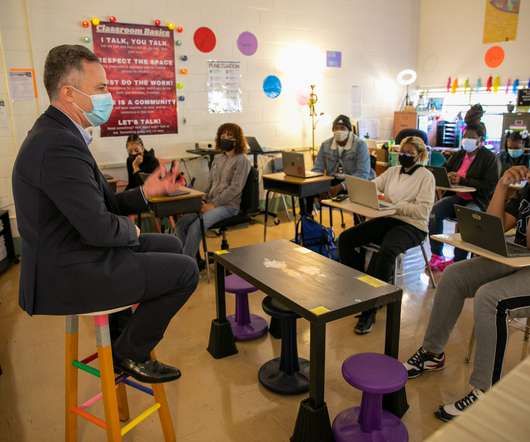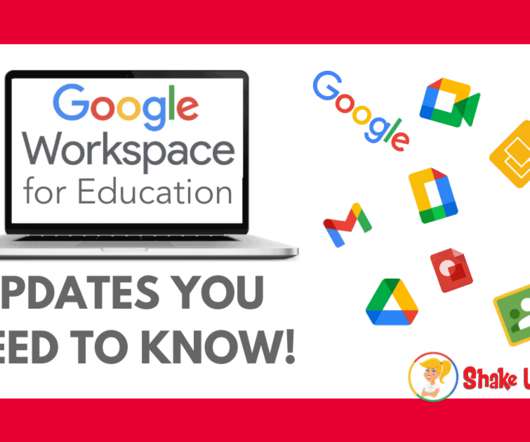29 K-12 edtech predictions for 2021
eSchool News
JANUARY 1, 2021
When we posted our 2020 predictions on January 1 last year, we–along with the majority of the world–definitely didn’t anticipate the curveball that was (and continues to be) the global COVID-19 pandemic. GHz frequency of the Citizens Broadband Radio Service (CBRS) band. education system. temperature, lighting).
















Let's personalize your content